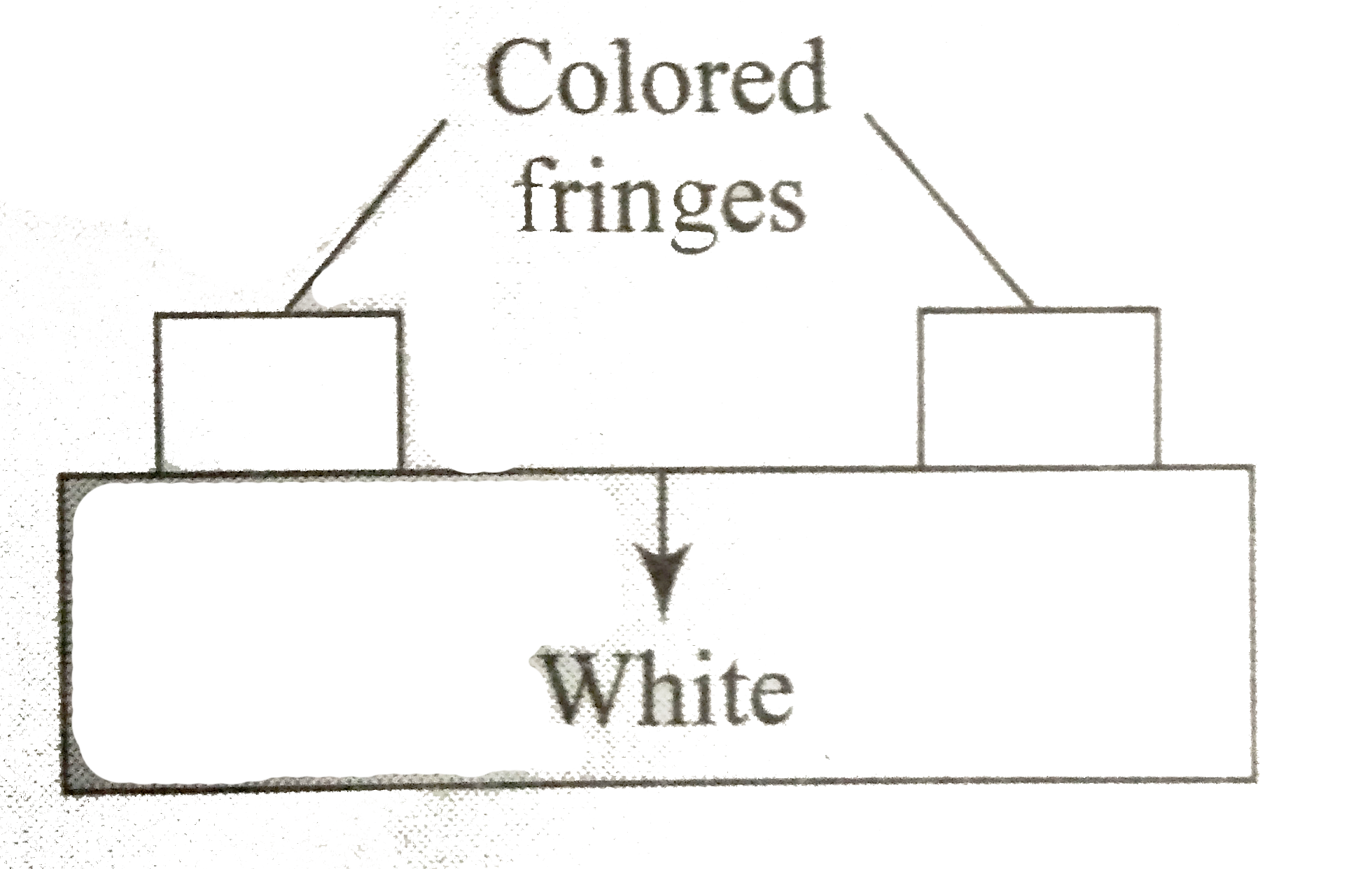Text Solution
Verified by Experts
|
Topper's Solved these Questions
WAVE OPTICS
CENGAGE PHYSICS|Exercise Solved Examples|10 VideosView PlaylistWAVE OPTICS
CENGAGE PHYSICS|Exercise Exercise 2.1|12 VideosView PlaylistTHERMODYNAMICS
CENGAGE PHYSICS|Exercise QUESTION BANK|34 VideosView PlaylistWAVES
CENGAGE PHYSICS|Exercise QUESTION BANK|38 VideosView Playlist
Similar Questions
Explore conceptually related problems
Knowledge Check
A
B
C
D
Submit
A
B
C
D
Submit
A
B
C
D
Submit
Similar Questions
Explore conceptually related problems
CENGAGE PHYSICS-WAVE OPTICS-QUESTION BANK
- Figure 2.39 shows a photograph that illustrates the kind of interferen...
04:05
|
Playing Now - In a single slit diftion, slit width is 0.6mm and distance of first mi...
Text Solution
|
Play - The ratio of resolving powers of an optical microscope for two wavelen...
Text Solution
|
Play - A beam of light of lambda=600 nm from a.distant sourcé falls on a sing...
Text Solution
|
Play - In Young's double slit experiment, the slits are 2 mm apart and are il...
Text Solution
|
Play - In a Young's double slit experiment the spacing between the slits is 0...
Text Solution
|
Play - A slit of size 0.15m is placed at 2.1m from a screen. On illuminated i...
02:04
|
Play - In the Young's double-slit experiment, the intensity of light at a poi...
03:13
|
Play - In YDSE distance between slits and screen is 1.5 m. When light of wave...
Text Solution
|
Play - Two Polaroids P(1) and P(2) are placed with their axis perpendicular t...
Text Solution
|
Play - In an YDSE, the fringes are formed at a distance of 1 m from double sl...
Text Solution
|
Play - In Young's double slit experiment the separation d between the slits i...
Text Solution
|
Play - A single slit is of width 0.5mm. Distance of screen from slit is 1 m. ...
Text Solution
|
Play - In YDSE distance between slits is 0.2 mm, distance between slit & scre...
Text Solution
|
Play - In an interference pattern the (n+4)^(th) blue bright fringe and n^(th...
Text Solution
|
Play - In double slit experiment, the angular width of the fringes is 0.20^(c...
Text Solution
|
Play - A light has amplitude A and angle between analyser and polariser is 60...
Text Solution
|
Play - A unpolarised light is passing through three polaroids as shown. If fi...
Text Solution
|
Play - In YDSE, if sources are incoherent, the intensity on screen is 13 I(0^...
Text Solution
|
Play - An unpolarized light passes through three polarizing sheets whose pola...
Text Solution
|
Play - In a Young's double slit experiment, 60 fringes were seen in the field...
Text Solution
|
Play
